Buddhist Symbol for Courage
In this article, I will take you through some of the most significant Buddhist courage symbols and explain what they mean.
The idea of courage can take various forms at different times, depending on the turn of events that take place around us. The same approach is found in the Buddhist scriptures as the symbol of courage is depicted by a number of things; but the four main things used are:
1. The lion
2. Two symmetrical golden fish
3. The lotus flower
4. The horse
01. The Lion

The use of the lion as a symbol of courage is very common in Buddhism. Lions across the world have always been known for their strength and courage. Siddhartha Gautama was a prince and as such, the lion is considered to be the symbol of Gautam Buddha’s royal lineage and heroic deeds.
On the other hand, the Buddha’s voice is often described as being powerful and majestic, like the roar of a lion. This metaphor is used to convey the Buddha’s ability to speak truthfully and with authority.
The pair of lions seen at the entrances to Buddhist shrines, temples, and monasteries are called the “Buddha’s lions”.
Be like a lion, who rather than chasing after the stick, turns to face the thrower. One only throws a stick at a lion once.
Dilgo Khyentse Rinpoche
02. The Fish

In Ancient India, rivers were considered to be an important part of human life as they signified the source of luck and fortune. Amongst other rivers, the two main sacred rivers, known as The Ganges and The Yamuna were represented as a pair of golden fish reflecting that good fortune.
In the 3rd Century B.C, after the advent of Buddhism as the religion of India, the significance of the pair of golden fishes took a different perspective. They signified happiness with credence to their complete freedom of movement in water, fertility and abundance.
In Tibetan Buddhism, the pair symbolized a state of fearlessness amongst self-aware beings oblivious to the danger of drowning, with the sea depicting a world of suffering. The sea can also be translated to ‘The Cycle of Samsara’ in Sanskrit.
03. The Lotus Flower

The lotus flower is a well-known symbol of Buddhism, which has its origins in Hinduism. This flower is often depicted in Buddhist art and is revered for its symbolism of purity and beauty.
Many Buddhists hold this flower in high regard because of its resiliency to the mercurial nature of weather (storms and frosts), and its ability to grow in muddy waters. So, the flower represents endurance and courage for many people.
04. The Horse

Horses are generally recognized as symbols of loyalty, diligence, strength, and enthusiasm. In Buddhism, the horse is also seen as a symbol of courage.
During his quest for enlightenment, Prince Siddhartha Gautama left the royal palace riding a horse named Kanthaka. The horse was extremely devoted to his master and was unable to bear the pain of being separated from him. As a result, Kanthaka soon died of heartbreak.
According to Buddhist teachings, Kanthaka was later reborn as a human and was able to serve his master once again.
The story of Kanthaka serves as a reminder of the deep bond of loyalty and devotion that can exist between a master and their animal companion.
As a character, Kanthaka is not only a symbol of loyalty, but also a symbol of courage.
Many people consider the horse neigh as a sign of the exalted call of the Buddha’s solemn voice as the Buddha called on the people to stand up against all the superstitions prevalent in the society at the time with courage and solemnity. The neigh of the horse reminds us of that call from age to age.
Parting Words
It is common to see symbols of courage, such as those found in Buddhism, displayed in various ceremonies, including religious rituals, weddings, New Year celebrations, and even secular events.
These symbols are thought to provide protection and guidance to those participating in the ceremony and to the surrounding environment
Before the arrival of Buddhism in ancient India around 2600 years ago, the dominant religion was Hinduism or Brahmanism. Siddhartha Gautama, also known as the Gautam Buddha, was actually a Hindu Rajput prince from the Kingdom of Kapilavastu who is credited with introducing Buddhism to India.
Therefore, it is evident that Indian traditional ideology has had a significant impact on various practices of Buddhism. This can be seen in numerous symbols associated with Buddhism as well.
However, as Buddhism spread to other regions such as Tibet, China, and Japan, elements of the local cultures in these regions also became incorporated into Buddhism and came to be recognized as symbols of the religion.
Out of the four symbols of courage mentioned above, the lion, the golden fish, and the lotus flower have clear connections to ancient Indian culture. However, the symbol of the horse is specifically associated with Chinese/Tibetan Buddhism and is considered a unique symbol within those traditions.
Video: Buddha Quotes on Courage
Spread The Wisdom (Quotes About Courage)
If one man kills a hundred men, and another man masters himself, the second man is the much greater warrior.
Gautama Buddha
No one saves us but ourselves. No one can and no one may. We ourselves must walk the path.
Gautama Buddha
To conquer oneself is a greater task than conquering others.
Gautama Buddha

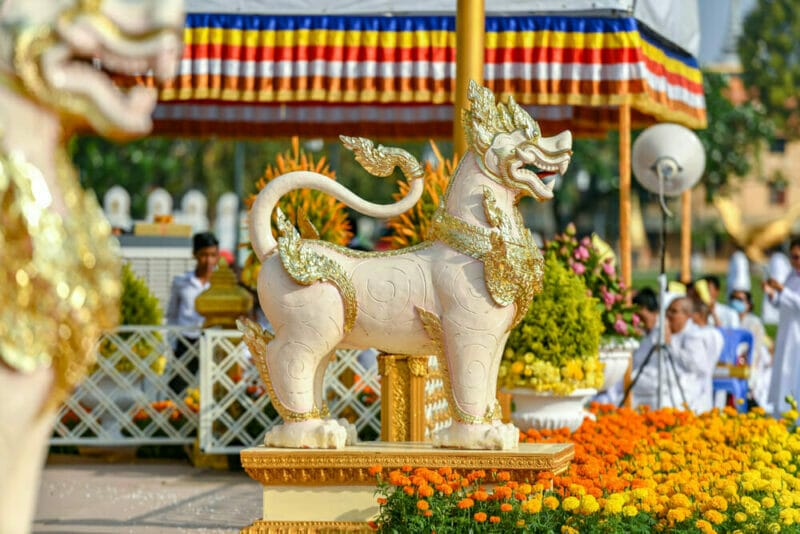
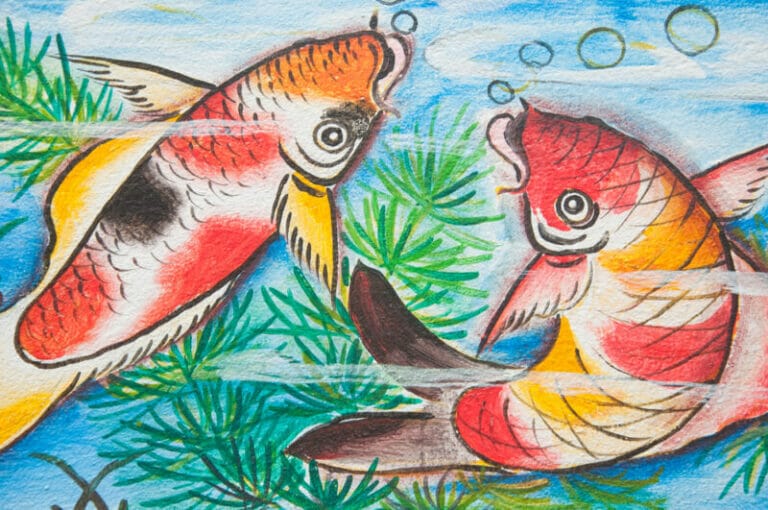
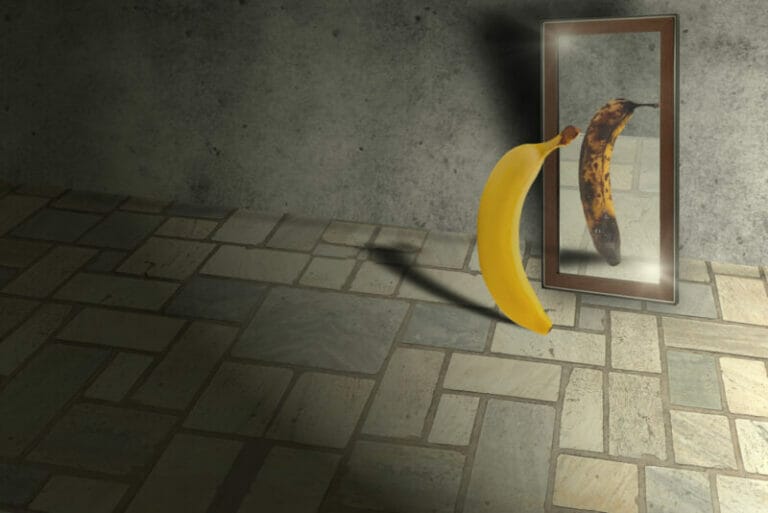

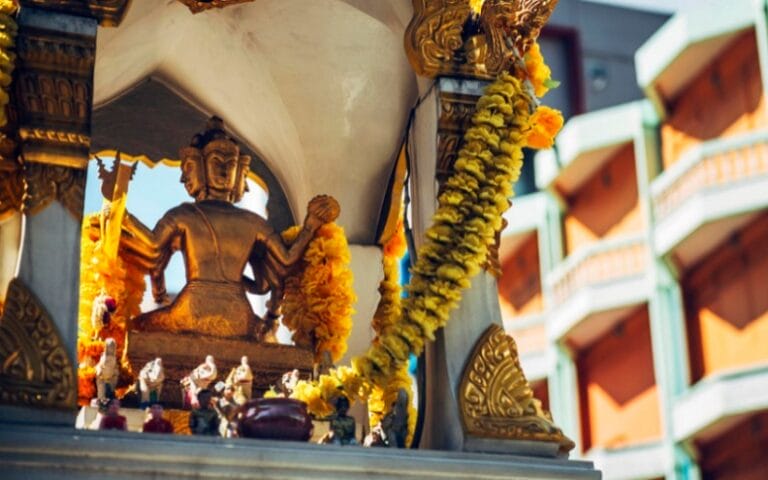
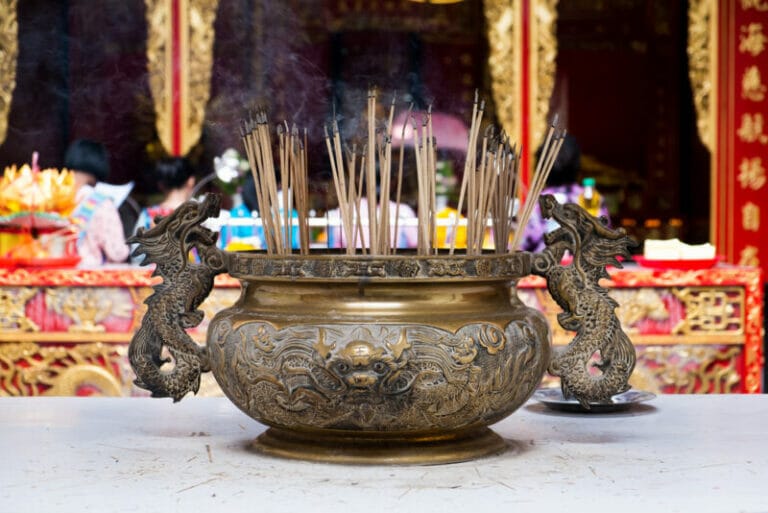

I found the article to be interesting. Loved the different explanations for each symbol and getting a little bit of background on the symbols.
Including the last paragraph was a good idea… valuable information about the tradition involved.
Madeleine, thank you for reading my article and for your thoughtful feedback.
You know how important tradition is in Buddhism so I thought it would be helpful to give some more information about what these symbols mean within the tradition.
I’m glad to hear that you gained some new insights from my explanations.